The Fundamentals of Story Structure
Introduction to The Three-act Structure
Blauw Films

The art of story structure has been crafted over centuries. Aristotle, the ancient Greek philosopher, examined the essence of drama and storytelling in his work "Poetics." He introduced the concept of the three-act structure. This structural paradigm breaks up a narrative into three distinct acts: the beginning, the middle and the end, or the setup, the confrontation, and the resolution.
Broadly speaking: the setup, or the first act lays the foundation which the narrative is built upon. Characters are introduced, their aspirations, goals and relationships are established and conflicts raise their heads. In the second act, the confrontation takes centre stage. Internal and external conflicts intensify, characters face tough situations, decisions and obstacles. In the third act, or resolution of a story, the conflicts reach their climax, loose ends are tied up, and the resolution of the narrative arc and the characters’ journeys are reached.
Syd Field expanded on these fundamentals with his three-act structure paradigm:

Act I (Setup)
Inciting Incident
This is the event that begins the story's central conflict. It often occurs near the beginning of the first act, kicking off the protagonist's journey.
Plot Point 1
Towards the end of the first act, there's a significant turning point that propels the protagonist into the main conflict. This plot point moves the story from the setup to the confrontation.
Act II (Confrontation)
Pinch 1
The pinch point in the first half of the second act is an obstacle that reminds the audience of the conflicts established in Act I.
Midpoint
In the middle of the second act, the midpoint is a major turning point that often shifts the protagonist's approach or understanding of the conflict. It raises new questions and changes the stakes. It is often referred to as the high or low point, where the character reaches the lowest point, furthest from their goals (or nearly achieves their goals)
Pinch 2
The second pinch point is a second reminder of the obstacles and grows the conflict, helping keep the tension high.
Plot Point 2
Towards the end of the second act, a crucial plot point occurs. This event sets the stage for the climax and leads the story from the confrontation to the resolution.
Act III (Resolution)
Climax
The climax is the Zenith of the tension and drama. It's the main confrontation between the protagonist and the conflict.
Denouement
Following the climax, the denouement is the gradual winding down of the story. Loose ends are tied up, and character arcs find their resolutions.

It is important to note that although most films follow this basic structure it is not a rule or law. Used as a guideline it can be a very effective formula to give your story the shape that audiences have become accustomed to over its centuries of use. It is so widely recognised that going against it can often subvert the audience’s expectations and this can serve certain stories well. If it ain’t broke, don’t fix it! But if you do wish to ‘fix it’, or play with it, you must know it to do so.
The three act structure helps shape the overall narrative but this larger picture is comprised of a mosaic of separate scenes. Each scene has its own microcosm of structure that contributes to the larger narrative. The six sentence structure, also known as the six-stage plot structure, is a widely used framework to aid in the formulation of impactful scenes.
It is broken into two halves, action and reaction, and there are several different takes on the titles and wording of the sentences:
Six-sentence Structure
Action
Goal: Each scene begins by establishing the protagonist’s objective, which dictates their actions.
Conflict: Obstacles to their objective arise. The conflict can be internal or external, or both. It builds drama and tension and makes the audience join the protagonist in pursuit of their desired objective.
Disaster: The conflict reaches a climactic point, often ending in a setback that increases the stakes.
Reaction
Reaction: The protagonist's must react to the disaster, adapting to the new situation and setting up an internal change.
Dilemma: A choice presents itself, further developing the character's journey.
Decision: The protagonist makes a choice that influences the story's direction.
This structure allows for every scene to impact the protagonist’s arc, ensuring a change or progression in their journey and their overall narrative.
As with the three act structure, this is just a useful guideline in how to shape a scene. Anyone writing a script will have seen a film! We tend to instinctively understand how narratives and scenes are shaped, but the six sentence and three act structures can be a useful guide to effectively and effectively shape your narrative and character arcs.
















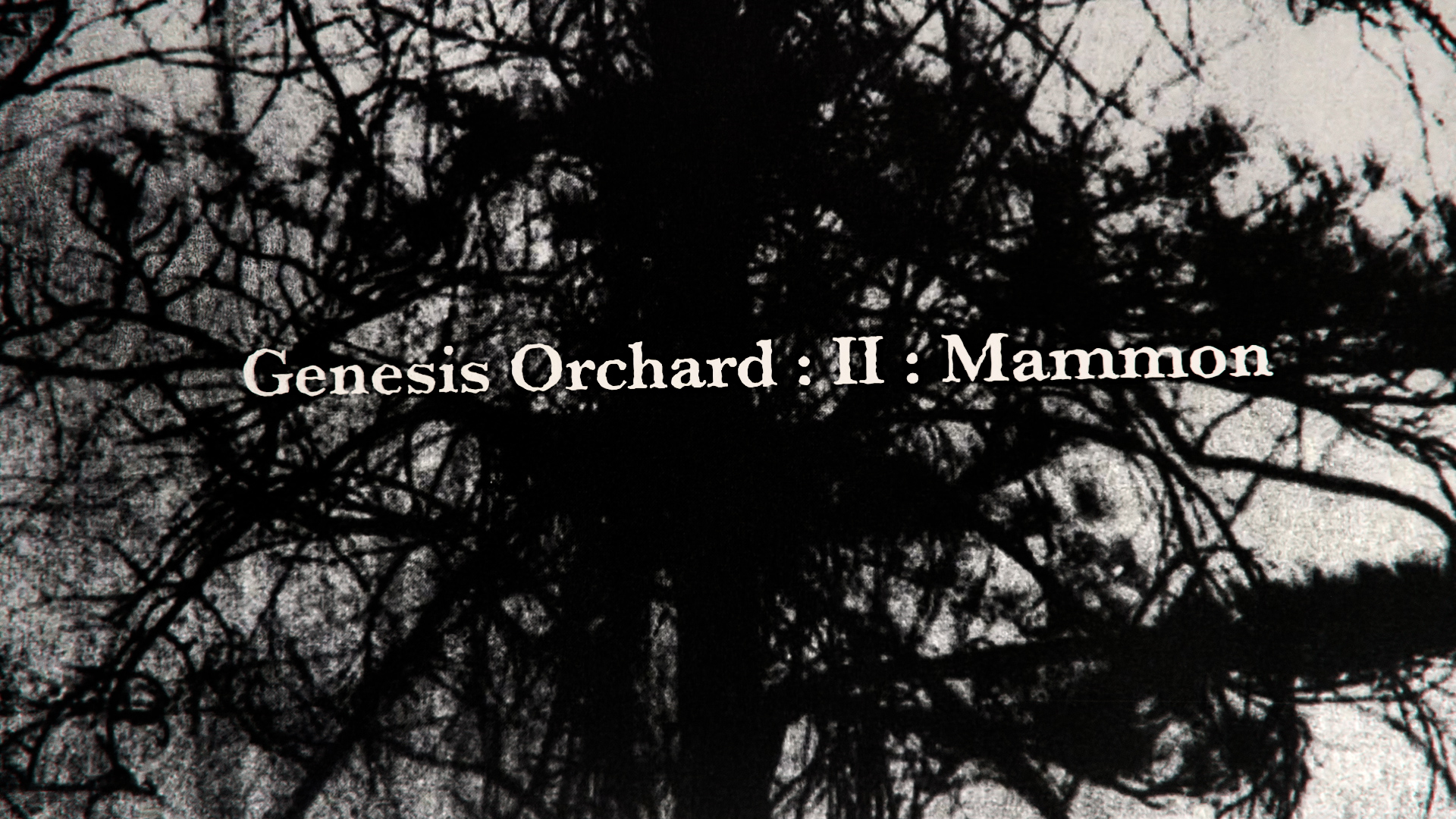

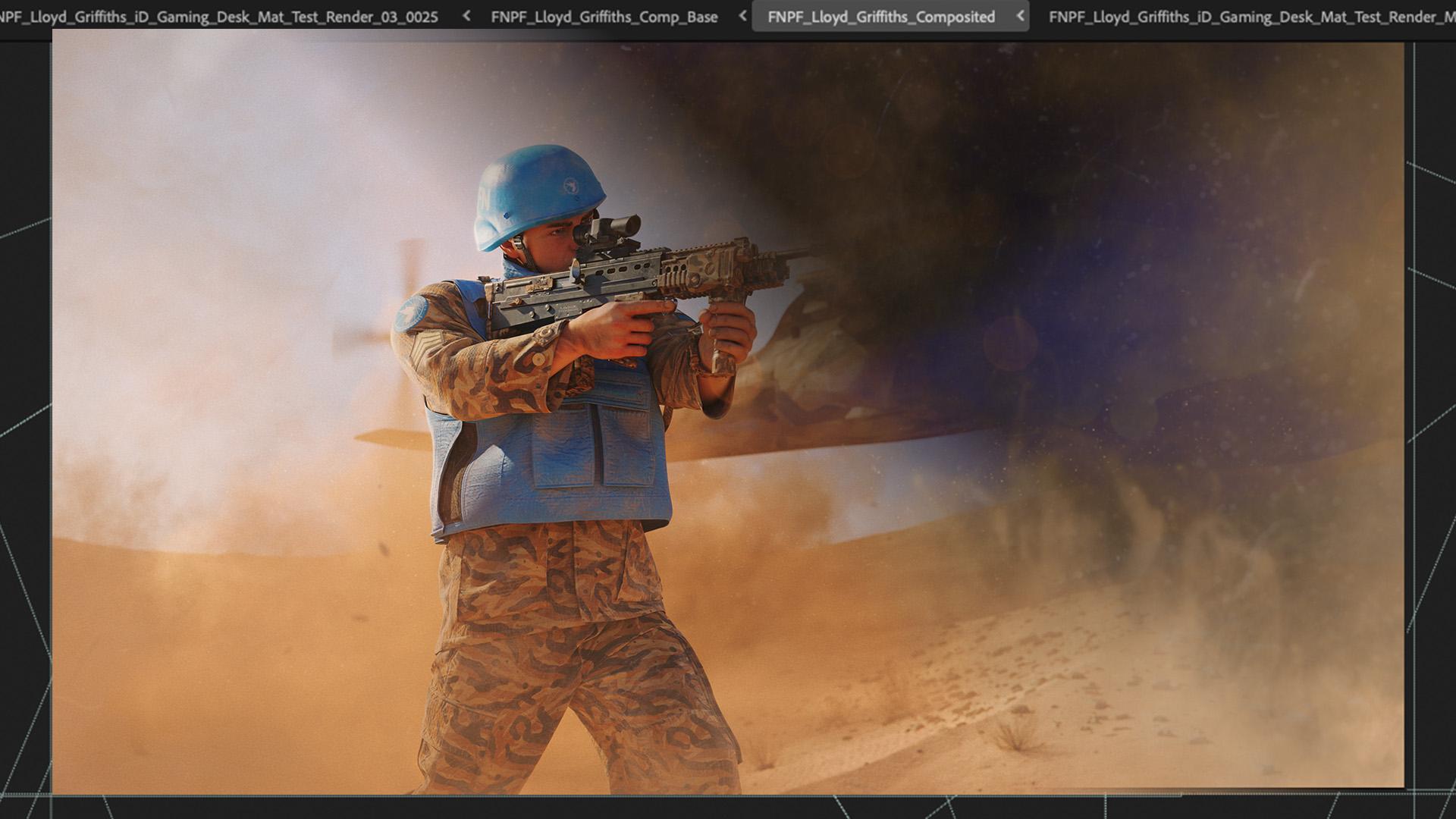
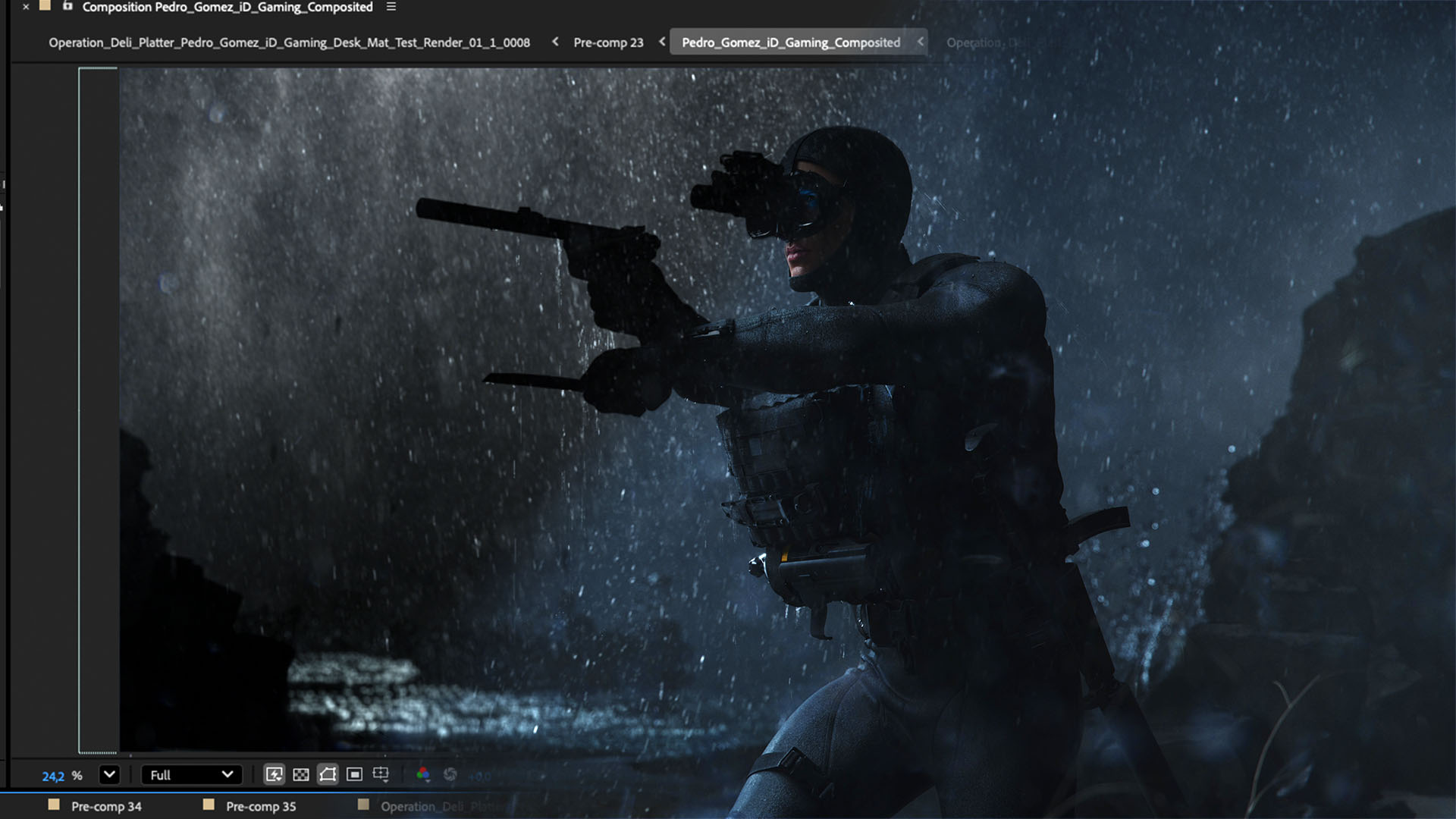


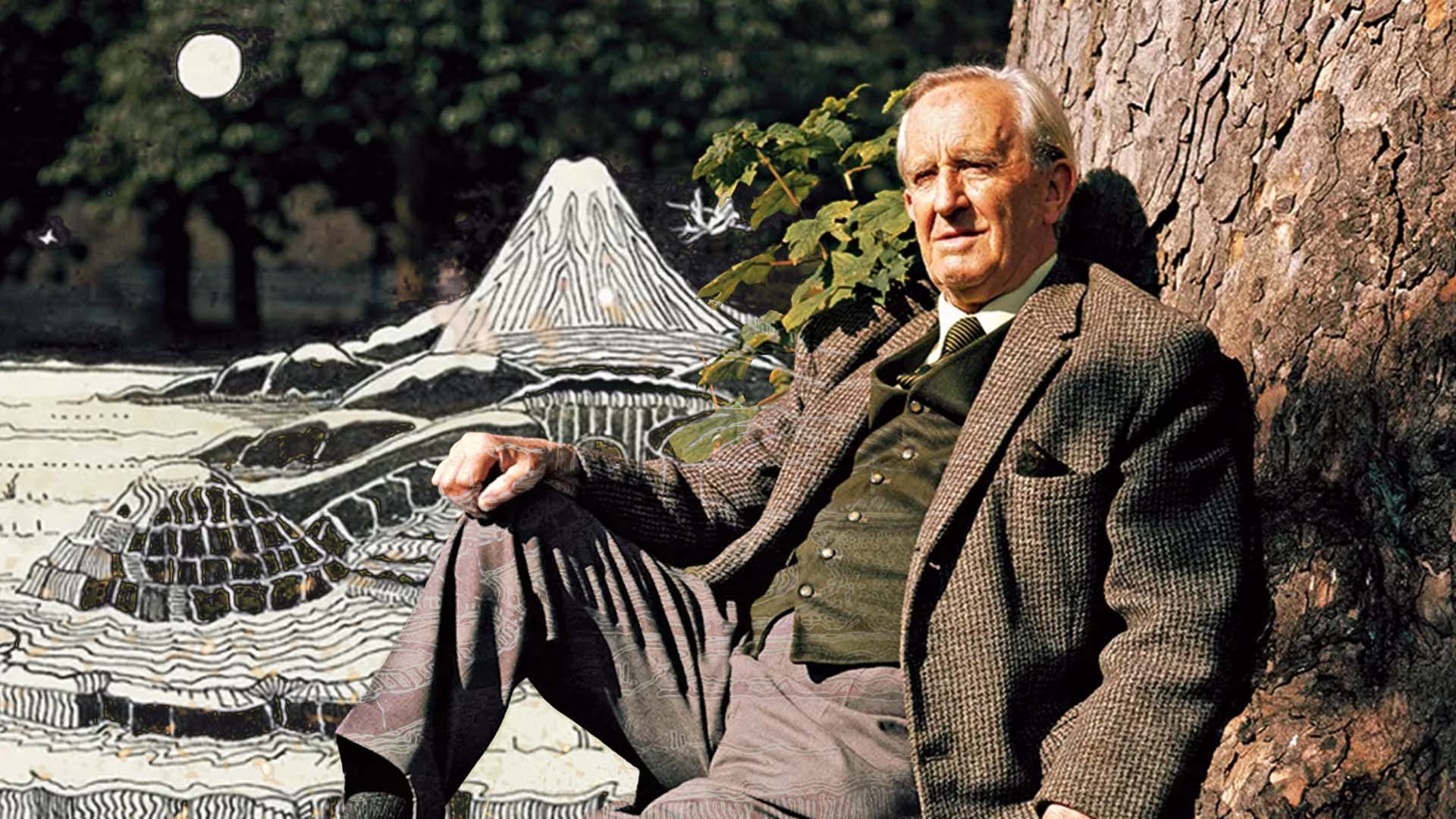





%20by%20Ivan%20Aivazovsky.jpg)






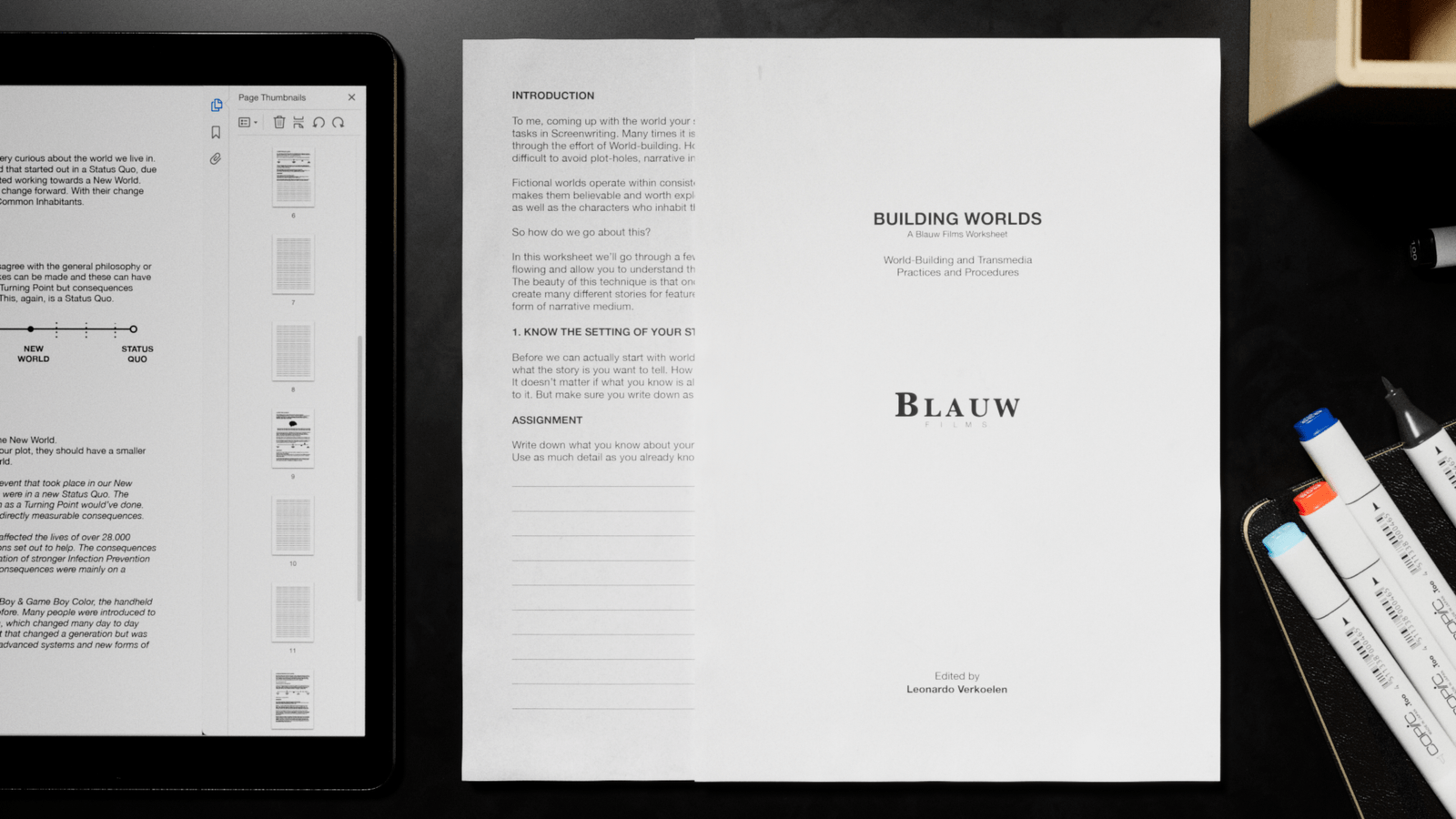








































































0 Comments